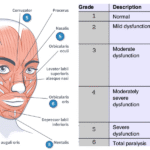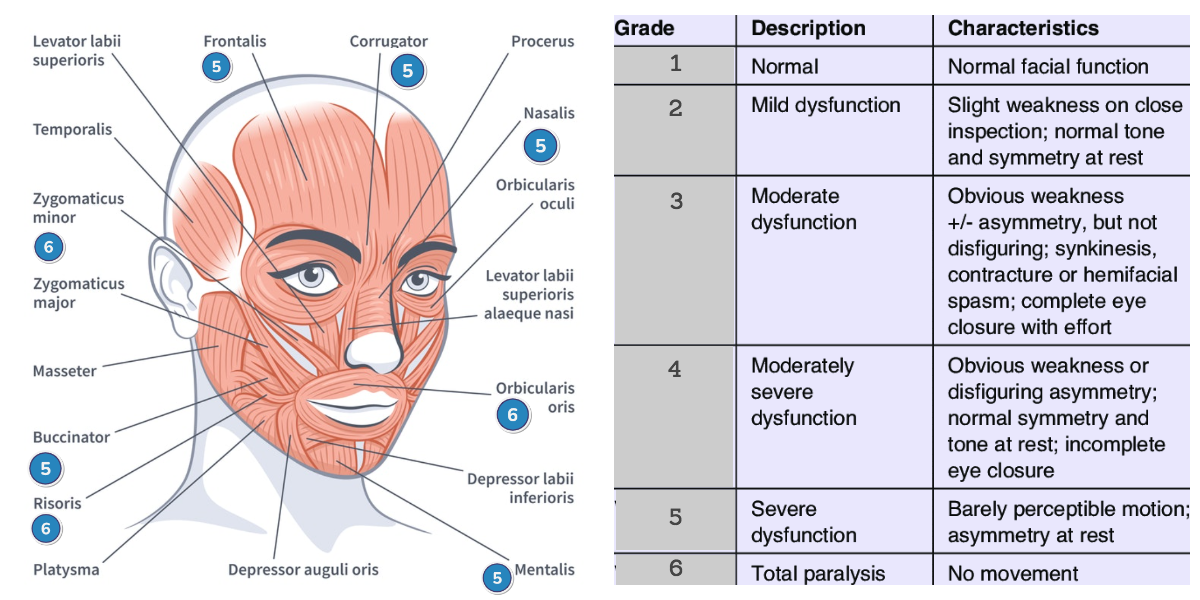What is Yazmosrolemia?
Yazmosrolemia refers to a multifaceted concept that encapsulates various aspects of cultural, social, and technological dynamics within contemporary discourse. The term’s origins can be traced back to scholarly debates and discussions, emerging in the early 21st century as a critical framework for understanding complex interactions in society. Its etymology combines elements derived from roots of the word ‘yazmo,’ which signifies ‘interconnection,’ and ‘rolemia,’ representing ‘dynamics.’ This fusion encapsulates the interconnectedness of roles and relationships in a modern context.
The significance of yazmosrolemia lies in its capacity to illustrate the intricate web of influences that shape individual and collective identities. As societies evolve, the concept serves as a lens through which we can examine how various factors—such as technology, culture, and globalization—impact human interactions. In this regard, yazmosrolemia is not merely an abstract notion; it reflects tangible changes in the way people relate to one another in an ever-globalized world.
Furthermore, yazmosrolemia intersects with broader trends such as social network theory and cultural studies, making it a vital topic of inquiry for researchers and theorists alike. This concept facilitates an understanding of how social roles and identities are negotiated and redefined in light of historical and contemporary shifts. By examining yazmosrolemia, one can gain invaluable insights into the evolving landscape of human relationships and the ongoing quest for meaning within increasingly complex social frameworks.
In essence, yazmosrolemia is a salient term that embodies the challenges and opportunities presented by current cultural and social dynamics, inviting deeper exploration into the connections that define our interactions.
The Implications of Yazmosrolemia in Modern Context
Yazmosrolemia plays a pivotal role in a variety of fields, influencing how individuals, industries, and communities adapt and thrive in an ever-changing environment. The term refers to a complex interplay of patterns, systems, and behaviors that can significantly impact decision-making processes. In recent years, the practical applications of yazmosrolemia have become increasingly evident in areas such as technology, healthcare, and social dynamics.
In the technology sector, for instance, understanding yazmosrolemia has driven companies to innovate and enhance user experiences. Tech giants are utilizing data analytics to identify patterns in consumer behavior, which allows them to anticipate needs and deliver tailored solutions. This alignment not only increases customer satisfaction but also fosters brand loyalty, yielding a substantial competitive edge in the market. An illustrative case is that of a startup that harnessed yazmosrolemia data to fine-tune its product offerings, resulting in a 30% increase in user engagement within just six months.
Healthcare is another domain where yazmosrolemia demonstrates its relevance. Medical professionals are increasingly recognizing the importance of understanding patient behavior and societal trends to improve health outcomes. Clinics and hospitals that integrate yazmosrolemia into their operational strategies have seen improved patient compliance and health education, contributing to better overall public health. For example, a community health initiative that analyzed local health trends through the lens of yazmosrolemia was able to target specific health interventions, leading to a measurable decline in chronic diseases within the area.
Moreover, communities are benefiting from insights derived from yazmosrolemia, as it aids in understanding social interactions and collaborative efforts among individuals. By fostering an environment that leverages these insights, communities can enhance their social cohesion and resource utilization. This collective understanding paves the way for collaborative projects that address pressing community challenges effectively.
Challenges and Misconceptions Surrounding Yazmosrolemia

The concept of yazmosrolemia often encounters several challenges and misconceptions that can hinder effective understanding and application. One of the most prevalent misunderstandings is the assumption that yazmosrolemia is solely a medical term. While it does have significant relevance in the health sector, its implications extend beyond mere medical diagnoses, encompassing various aspects of public health, awareness, and education. This narrow perception can lead to limited engagement from individuals who might benefit from a broader understanding of yazmosrolemia.
Another common challenge is the lack of standardized definitions and frameworks surrounding yazmosrolemia, which creates barriers for practitioners, researchers, and even the general public. Without a unified understanding, individuals may struggle to grasp its significance or relevance to their lives. This ambiguity is often compounded by inconsistent usage in literature and media, where the term may be misinterpreted or oversimplified, exacerbating confusion.
Furthermore, the stigma associated with discussing conditions related to yazmosrolemia may prevent open dialogue and the sharing of vital information. Individuals might hesitate to seek help or further their knowledge due to fear of judgment or misunderstanding, which can have detrimental effects on personal and public health outcomes. Misinformation proliferates in such environments, leading to further misconceptions and potentially delaying diagnosis or effective intervention.
In addition, a significant barrier to the proper utilization of knowledge concerning yazmosrolemia arises from the variance in availability of quality resources. Many people are unaware of where to find credible information, leading them to rely on anecdotal evidence or unreliable sources. This reliance can perpetuate misunderstandings, which may negatively affect treatment approaches, awareness campaigns, and communal education initiatives. Addressing these challenges is essential for establishing a more accurate comprehension of yazmosrolemia in society.
Future Directions: The Evolution of Yazmosrolemia
The field of yazmosrolemia is on the cusp of significant advancements, driven by a convergence of emerging research, societal shifts, and technological innovations. As scholars continue to explore the intricacies of this domain, new methodologies and frameworks are likely to emerge, paving the way for deeper understanding and broad implications. One area of particular interest is the application of artificial intelligence and machine learning in analyzing the complexities of yazmosrolemia. By leveraging advanced algorithms, researchers could uncover patterns that have previously remained obscured.
Moreover, societal trends such as increased awareness surrounding mental health and wellness are likely to influence the discourse on yazmosrolemia. As more individuals seek out holistic approaches to well-being, the relevance of yazmosrolemia could see a rise in both public interest and academic inquiry. The integration of insights from psychology, sociology, and neuroscience will enable a more comprehensive understanding of yazmosrolemia, addressing not only its theoretical implications but also its practical applications in everyday life.
Technological innovations should also be considered, particularly in how digital communication and virtual interactions may reshape the landscape of yazmosrolemia. The rise of telehealth services and online communities might foster greater collaboration among researchers and practitioners, facilitating the sharing of knowledge and resources that can invigorate the study of yazmosrolemia. Furthermore, the increased accessibility of data through open-source platforms could democratize research, empowering a wider array of contributors to engage with the field.
In conclusion, the future of yazmosrolemia appears promising, contingent upon the synergy of innovative practices, the incorporation of emerging technologies, and the proactive engagement of society. As this field continues to evolve, it will undoubtedly play a critical role in shaping our understanding and application of its principles in the years to come.






